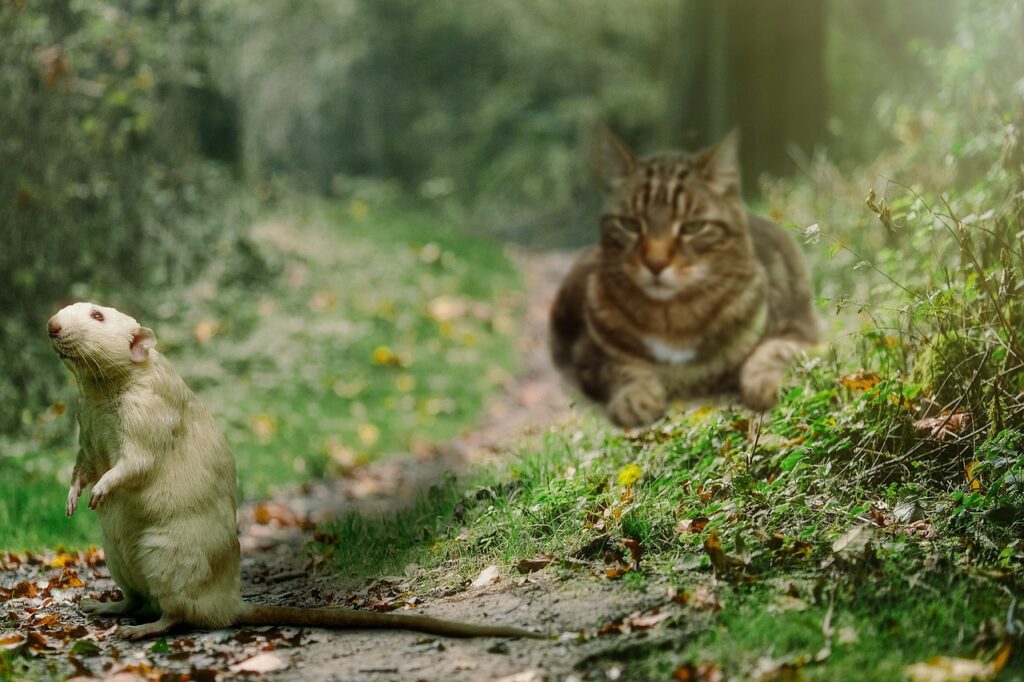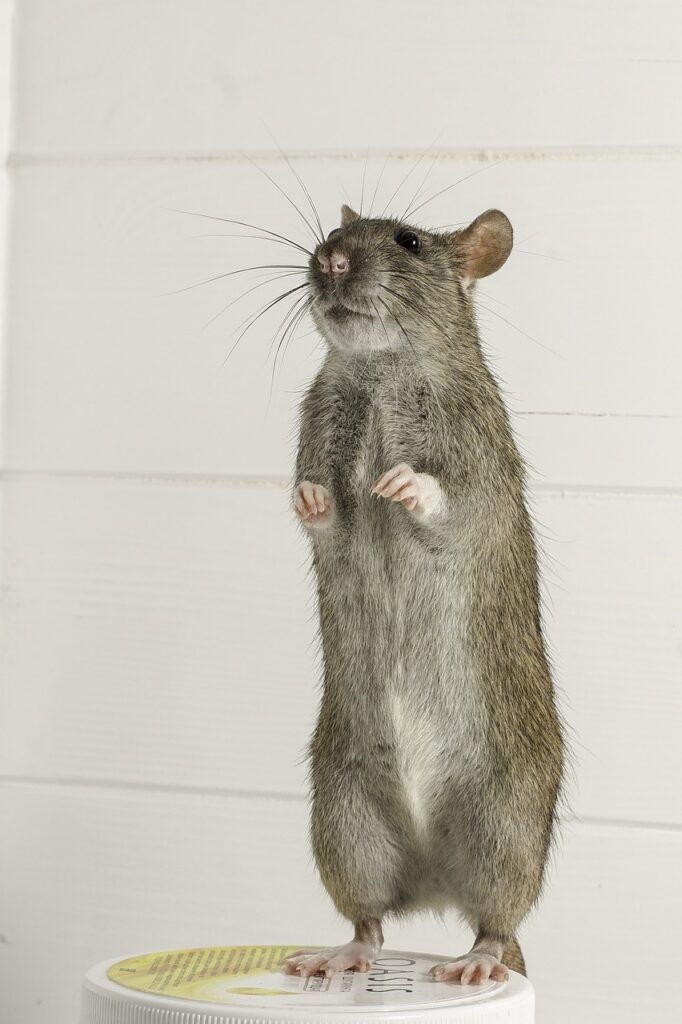
Our Services
Wildlife Removal
Our humane wildlife removal services prioritize the safety and well-being of both animals and humans. We use safe and ethical methods to relocate animals to their natural habitats, ensuring a peaceful coexistence between humans and wildlife.
Traps
Our effective wildlife and pest traps are designed to prevent further infestations and ensure the safety of both humans and animals. Our traps are tested and proven to be successful in capturing pests and wildlife, allowing for safe relocation or removal from the area.
Bee and Pest Services
Our bee and pest traps and removal services are designed to protect both the environment and human health. We use safe and ethical methods to remove pests and wildlife, ensuring a peaceful and healthy coexistence between humans and nature.

Animal Removal Services
Since people have built dwellings there has been an effort to keep the wildlife out and the tame life in. Wildlife removal is a fact of life for most homeowners. Whether it be mice, rats, squirrels or cats, we want to keep the critters alive and in their own habitat. In order to understand the wildlife you, unfortunately, have found yourself cohabiting with, Salt Lake City squirrel removal have compiled some information to help you know what you’re dealing with when you face rodents.
Mice
The Mus musculus (mouse) is famous for producing many, many generations of Mus musculus. If your sitting in your dark comfy living room, watching late night TV, and a tiny, furry being scurries by, you can rest assured there are many more you are not seeing.
Sometimes you never see one at all, but a mouse’s urine has a strong tell-tale odor that won’t remain unnoticed for long. Mice live an average of one to three years and can reproduce every three weeks. This is not an issue that will go away on its own.
Traps
In my case, I took them up the road to a large, abandoned grassy field. If you release the mouse too close to your house, he will soon find his way back.
Sometimes you can find the clear, plastic humane traps in a hardware store, but that is rare. You can shop for them online, but this is rather pricey. When you call the experts for wildlife removal, you must make clear to them you want humane removal of all wildlife.

Rats
Is there any more hated creature than the Rattus norvegicus, or common rat? They are portrayed as evil and sinister, lurking in dark alleys among the trash and other vermin. But really folks, they’re just furry little mammals who happen to have scaly, long tails.
Healthy rats keep themselves groomed and cleaned, they can reproduce every three weeks or so, and have large litters of about 7-11 ‘pups’. Unfortunately, their front teeth continually grow through their lives and that makes them look even more bent on harm.
Rats are a little more difficult to catch on your own due to their larger size and cunning ways. Rats are more intelligent than mice and probably won’t fall for any of our human tricks. Call professionals who will rid you of your rat worries humanely.
There are zoonotic illnesses,(from animal to human), that both rats and mice can carry and transmit. The Hantaan Virus comes with fever, headache and renal shutdown. So playing with a wild rat or mouse is not advisable. The LCM virus (areavirus) can give you a stiff neck and strange skin sensations. This is why it is always wisest to call your humane, wildlife removal specialist.
Bees
Bees are an essential part of our ecosystem and play a vital role in pollinating plants and crops. However, bee infections can pose a threat to both the health of the bees and their ability to carry out their essential functions. One of the most common bee infections is called Varroa mite infestation, which can cause significant damage to hives and lead to a decline in bee populations. It is important to address and manage bee infections promptly to prevent further spread and protect the health of the bees.
In some cases, bee removal may be necessary to prevent harm to humans or pets. If bees have nested in a location that poses a threat, such as near a home or a high traffic area, it may be necessary to remove the bees and relocate them to a safer location. It is important to note that removing bees can be a dangerous process and should only be performed by experienced professionals.
Bee traps by beesnthings.com can be an effective solution for managing bee populations and preventing the spread of infections. These traps work by attracting bees with a sweet scent and capturing them in a container. The trapped bees can then be safely relocated to a more suitable location. It is important to use bee traps that are specifically designed for this purpose, as using inappropriate traps or methods can harm the bees or further spread infections.
In summary, bees are an essential part of our ecosystem and their health and wellbeing should be a top priority. Bee infections can pose a threat to the health of the bees and their ability to carry out their essential functions, so it is important to manage these infections promptly. In cases where bee removal is necessary, it should only be performed by experienced professionals. Bee traps can be an effective solution for managing bee populations and preventing the spread of infections, as long as they are used appropriately.
Get in touch with us today!
Our humane animal removal services can help you remove wildlife from your property safely and humanely. Our team of professionals is experienced in handling a wide range of animals and always uses safe removal methods. Contact us if you have any questions or need assistance, we’re committed to providing the best service possible.
- [email protected]
- +1 651-455-2788
- 1820 S Robert St, West St Paul, Minnesota 55118
